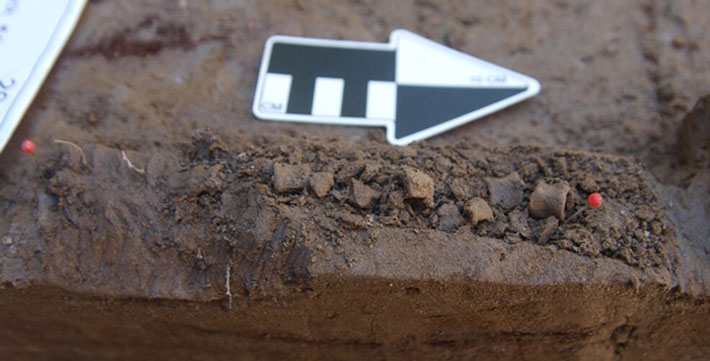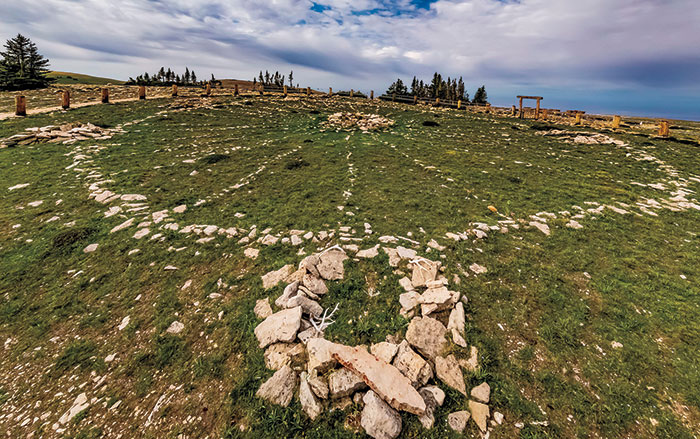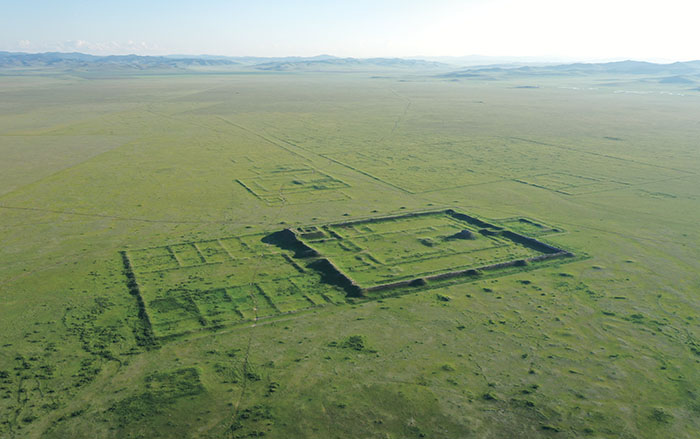
FAIRBANKS, ALASKA—Phys.org reports that University of Alaska scientists have analyzed data from eight archaeological sites in western Alaska where fish bones dated to at least 7,000 years ago were identified. Seven of these sites had fish bones dated to the colder, drier, Younger Dryas period, from about 12,900 to 11,650 years ago. This change in weather is thought to have contributed to the extinction of North American species of horses, camels, giant sloths, saber-toothed cats, dire wolves, short-faced bears, and wooly mammoth, and the reduction of bison, deer, caribou, and moose herds. All of the sites in the study are located in the middle of the Tanana River basin, in what was the eastern section of Beringia—the land bridge that once connected Siberia and North America. The more than 1,000 fish specimens were all found to be ray-finned fishes, including salmon, burbot, whitefish, and northern pike. All of the fish remains dated to more than 11,800 years ago were also found to be freshwater fish. The study suggests that Beringians may have switched to fishing in response to the disappearance of game, and returned to hunting as the Younger Dryas period ended. Read the original scholarly article about this research in Science Advances. To read about theories regarding migration routes across Beringia, go to "Destination: The Americas."










